Bwindi Impenetrable Forest National Park Tours_Home to Gorillas
About 400 mountain gorillas, or half of the world’s remaining wild population, are protected in Uganda’s most enticing natural resource, the lush, mountainous forest of Bwindi Impenetrable National Park, located in the country’s southwest. In the southwest of Uganda lies a national park called Bwindi Impenetrable National Park. Situated near the Virunga National Park and on the edge of the Albertine Rift, it is a section of the Bwindi Impenetrable Forest and borders the Democratic Republic of the Congo. Only foot travel is required to access its 321 km³ (124 sq mi) of montane and lowland forest. It has been declared a World Heritage Site by the United Nations Educational, Scientific, and Cultural Organization.
With more than 1,000 flowering plant species, including 200 tree species and 104 fern species, the park is home to one of the most diverse floral collections in all of East Africa.
Over 100 of these majestic apes have become accustomed to Bwindi, Uganda’s most famous tourist attraction. Tracking these apes requires an exciting journey through a misty tropical jungle on mountainous tracks. Along the route, there are 120 more mammals to see, such as olive baboons, black-and-white colobus monkeys, rare l’Hoest monkeys, bushbucks, and forest duikers. There are also incredibly many bird species and 220 species of butterflies, as well as rarely seen forest elephants, which is a very fortunate sighting.
One of the best experiences Uganda has to offer is visiting Bwindi Impenetrable National Park primarily to witness a bunch of mountain gorillas in their natural habitat. There are two ways to meet our big ape cousins in person: most tourists choose the traditional gorilla trekking route, which costs US$600 per person and entails hiking to a designated habituated troop. After that, you can watch the gorillas for an hour while they feed, play, and groom themselves before making your way back through the park. The second choice is the gorilla habituation experience, which costs $1,500 per person and entails spending four hours with a gorilla group that is being trained to get used to spending time with humans.
Bwindi is home to more than simply gorillas; with over 350 bird species and 120 mammal species, the magnificent jungle is incredibly diverse. You can spend anywhere from 30 minutes to the majority of the day on guided hikes to learn more about the forest and its inhabitants. To go on treks in the forest and see species like Elliot’s woodpecker, blue turaco, red-tailed bulbul, and black bee-eater, birdwatchers can hire park guides with birding expertise.
You must reserve a permit to go gorilla trekking in Bwindi, which we will take care of for you at the time of booking. Since there are only a few permits issued daily and they all get booked up during the peak months of the year (June to August, as well as December to February), it is best to arrange the permit five or six months in advance of your visit. Discounted permits are available from March to May and from September to November when the rainy season occurs.
In Bwindi, gorilla tracking is possible all year round, though most visitors opt to go during the driest months, which are June to August and December to February. The muddy, slick paths make trekking more difficult during the rainy months.
Gorilla trekking ( Bwindi Impenetrable Forest National Park – Uganda)
It can take practically from an hour to a whole day to track gorillas; the usual hiking duration is three to seven hours. Gorilla tracking is a physically hard activity. You may need to divert off the designated path and make your way through the deep forest vegetation because the park’s paths are steep, sloppy, and occasionally very muddy. You must wear appropriate clothing and footwear, such as long pants to defend against stinging nettles, thick socks to ward off biting ants, and a sturdy waterproof jacket. You should also be in good physical shape. To shield themselves against nettles, some individuals also use gardening gloves.
You can borrow a stick from the porters if you don’t have your hiking sticks; it will be quite helpful in keeping you upright in steep and slick areas.
If you are travelling with a family, you must be older than 15 to go gorilla tracking. On the day of your hiking adventure, if you’re feeling under the weather, you should offer to stay behind. Gorillas can contract human diseases, which can be fatal to a group as a whole. When you interact with gorillas, there are several guidelines that you must abide by. You must do so out of respect for these untamed creatures.
Before you begin your journey, your guide will go through every rule and regulation. However, keep in mind that you should never approach gorillas and that you should maintain a minimum distance of seven meters from them. Avoid using flash photography, eating or drinking in front of the gorillas, speaking loudly, covering your mouth and nose when you need to sneeze, and turning away from them.
Here are some tips and guidelines to keep in mind when embarking on a gorilla trekking experience in Bwindi Impenetrable National Park:
- Consider hiring a porter to carry your pack up steep inclines. This not only supports sustainable employment in the community but can also be a great help.
- Show respect to the gorillas by remaining silent and submissive when in their presence. Follow your guide’s instructions calmly, and the gorillas will likely be unperturbed by your presence.
- Ensure that you bring enough water and snacks, as treks can take several hours. While accommodations usually provide these, it may be worthwhile to bring your energy treats.
- Consider booking the gorilla habituation experience in advance. This allows you to spend up to four hours with researchers and the Uganda Wildlife Authority as they follow a gorilla family group and get to know the dynamics.
- For photographers, consider using a mid-zoom lens such as a 24-70mm, as long lenses can be heavy and impractical. Flash photography is not allowed, and keeping your camera in a waterproof bag can protect it from the elements.
- If you find the terrain too challenging, consider booking a local stretcher or sedan chair in advance at an additional cost.
- Don’t forget to charge your battery before setting out.
Things to Do in the Impenetrable Bwindi National Park
- Gorilla Trekking
Almost every traveller’s goal is to go on a gorilla-trekking safari in Bwindi Impenetrable National Park, which some have called the greatest wildlife experience on earth. It is an amazing experience to watch mountain gorillas up close in their natural environment. Witnessing the strength and tenderness of the silverbacks and the humorous demeanour of the young and pregnant females leaves a lasting impression. Every day at 8 AM, groups of no more than eight tourists embark on Bwindi Impenetrable Forest Tours that include an unforgettable gorilla trek into the enigmatic jungle, home to over half of the world’s remaining mountain gorillas.
Knowledgeable rangers and a skilled group of advanced trackers lead the walk. This can take one to eight hours, depending on the gorillas’ whereabouts on any given day. Along the route, there are chances to witness a variety of different wildlife and plant species, culminating in an amazing 60 minutes spent with one of our habituated mountain gorilla groups. A gorilla permit is required for any tourist travelling on a gorilla trekking safari in Bwindi.
- Habituation of Gorillas
The habituation experience, in contrast to gorilla tracking, follows a family as they get used to having tourists visit them. To ensure the families’ safety and lower their shyness, they must become accustomed to having tourists visit them. Due to habituation, a maximum of four tourists will be able to spend four hours (or more) with the gorilla family while our team of researchers and rangers takes care of the family daily. A gorilla habituation permit is required for all visitors to Bwindi participating in the gorilla experience. These unique Bwindi Impenetrable Forest Tours provide insight into the intricate process of gorilla habituation, an incredible experience for wildlife enthusiasts. - Nature Walk
Guided nature walks through Bwindi allow visitors to discover serene streams, breathtaking waterfalls, and the rich diversity of this UNESCO World Heritage Site. Along the trails, travelers can spot species of butterflies, insects, birds, primates, and an array of fascinating plants. These nature tours are a peaceful complement to gorilla trekking and a highlight of many Bwindi Impenetrable Forest Tours. - Birdwatching
At least 23 Albertine Rift endemics can be found in Bwindi Impenetrable National Park, making it a favorite destination for birdwatchers with over 351 bird species. Birding in Bwindi is not only thrilling because of the rare species but also satisfying because of the sheer diversity that can be observed in just one outing. Bwindi Impenetrable Forest Tours often include birdwatching excursions, which are ideal for those who love combining adventure with the joy of discovering unique avian life. - Visits to Communities
Adjacent to Bwindi Impenetrable National Park are the Bakiga and Batwa tribes, two intriguing ethnic groups with distinct customs. Cultural Bwindi Impenetrable Forest Tours offer opportunities to visit local ironsmiths, explore crafts villages, meet traditional healers, and discover how gorilla tourism impacts the lives of local women. Visitors can also participate in traditional dances or skits. These community adventures are a perfect way to round off an incredible experience with the big apes of the impenetrable forest and can be held the day before or after your gorilla trek.
Best Time to Visit Bwindi Impenetrable Forest National Park
While you can go gorilla trekking in Bwindi throughout the year, the best months to visit are June through August and December through February. These drier months make forest trails less slippery, offering a more enjoyable trekking experience. Additionally, during this time, there’s a greater chance of encountering dry gorillas, which enhances photography opportunities and overall enjoyment. Many visitors choose these months to participate in Bwindi Impenetrable Forest Tours for a memorable wildlife adventure.
- Excellent Period: June through August and December through February (Easier mountain gorilla trekking on drier trails)
- Peak Season: June through September (Gorilla permits should be reserved well in advance due to high demand year-round)
- Low Period: March (some lodges and camps close), April, May, October, and November
- Best Weather: June to July and December to February (Minimal rainfall, ideal for Bwindi Impenetrable Forest Tours)
- Worst Weather: April, May, and September through November (Heavy rainfall, muddy and sometimes difficult forest pathways)
Whether you’re exploring the drier months for their ease of trekking or braving the wet season for a quieter experience, Bwindi Impenetrable Forest Tours offer unique opportunities to connect with nature and witness the incredible mountain gorillas in their natural habitat.
Fully customizable Itineraries for the Mountain gorillas
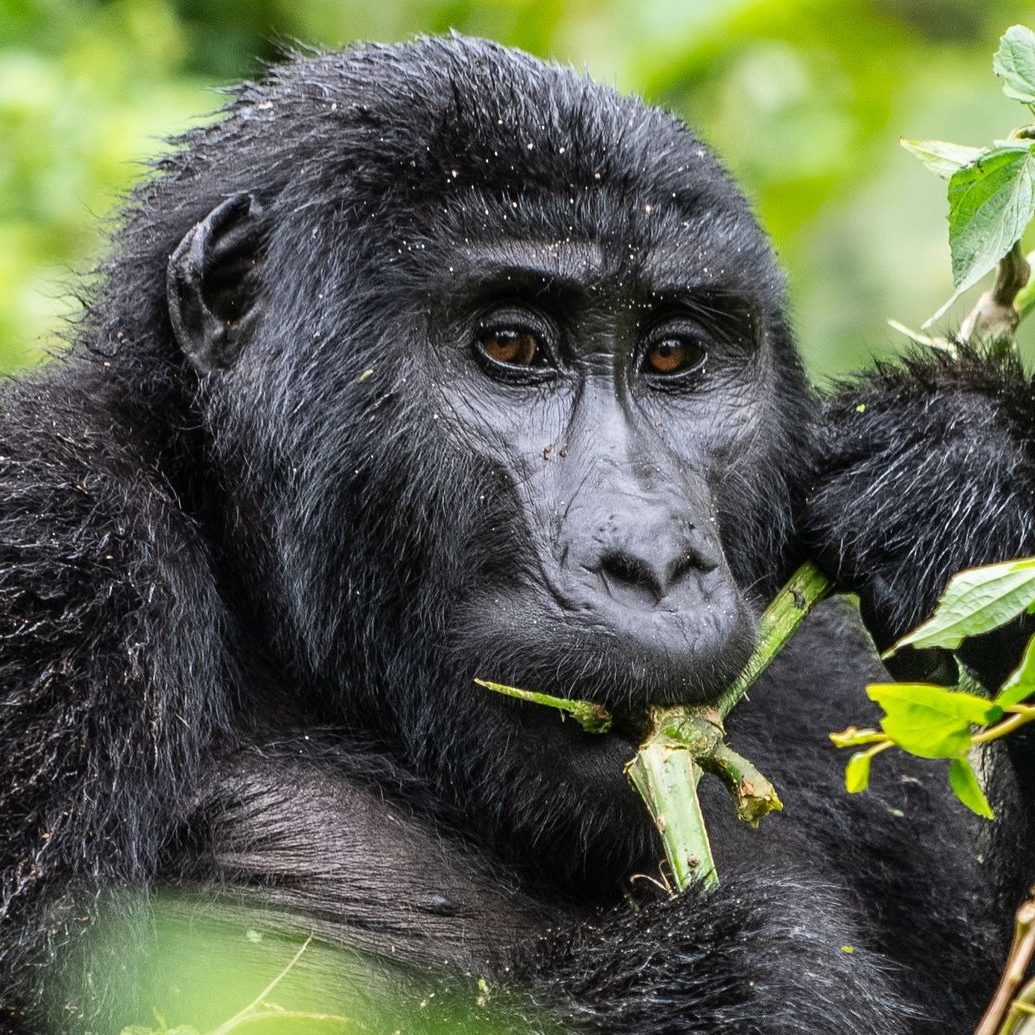
10-Day Ugandan Primate and Wildlife Safari: A grand safari blending primate trekking, savannah wildlife, and stunning landscapes across Uganda’s top parks.
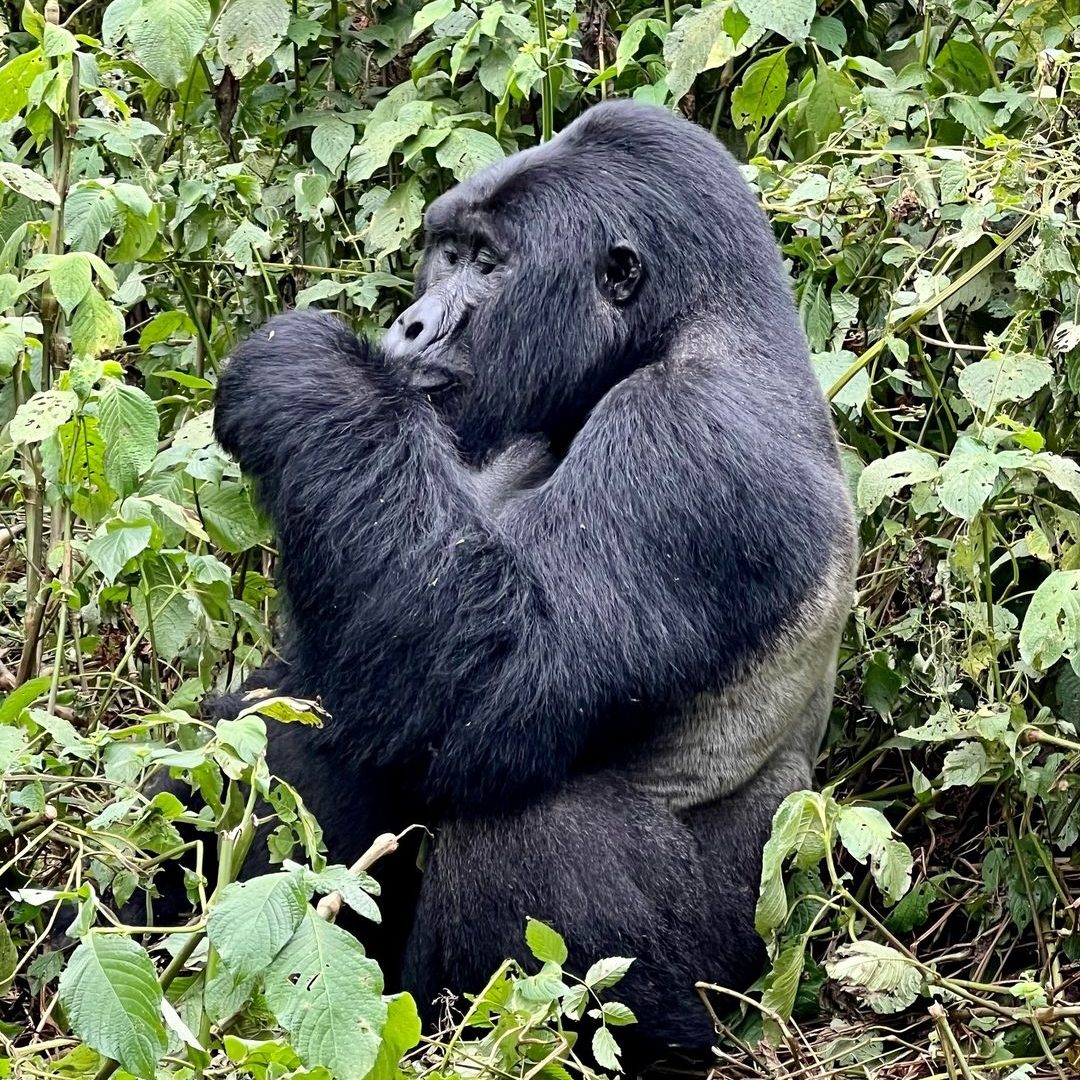
3-Day Kigali to Bwindi Gorilla Safari: Tailored for travelers starting in Kigali, this short safari offers an affordable way to experience mountain gorillas in Bwindi.
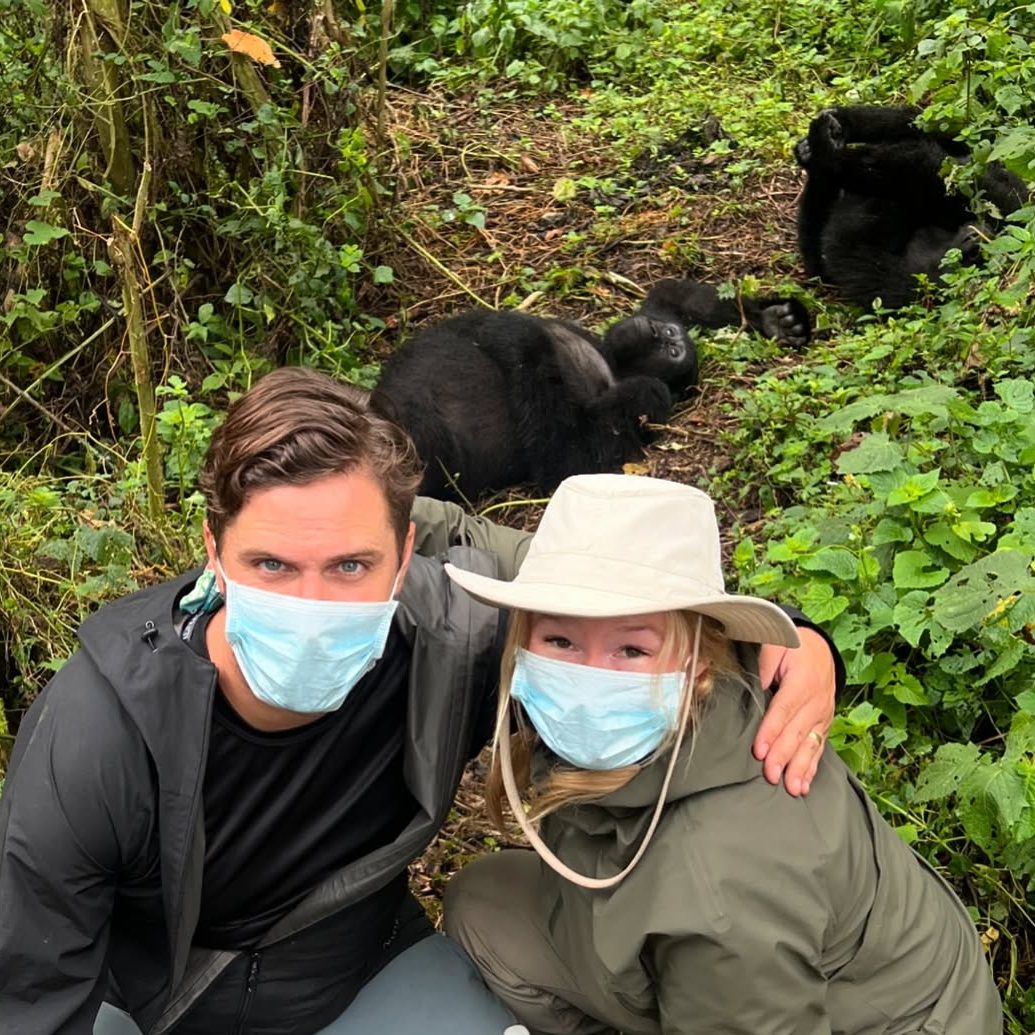
Affordable 3-Day Fly-In Gorilla Safari: A convenient fly-in option to Bwindi, combining luxury and efficiency for a memorable gorilla trekking experience.
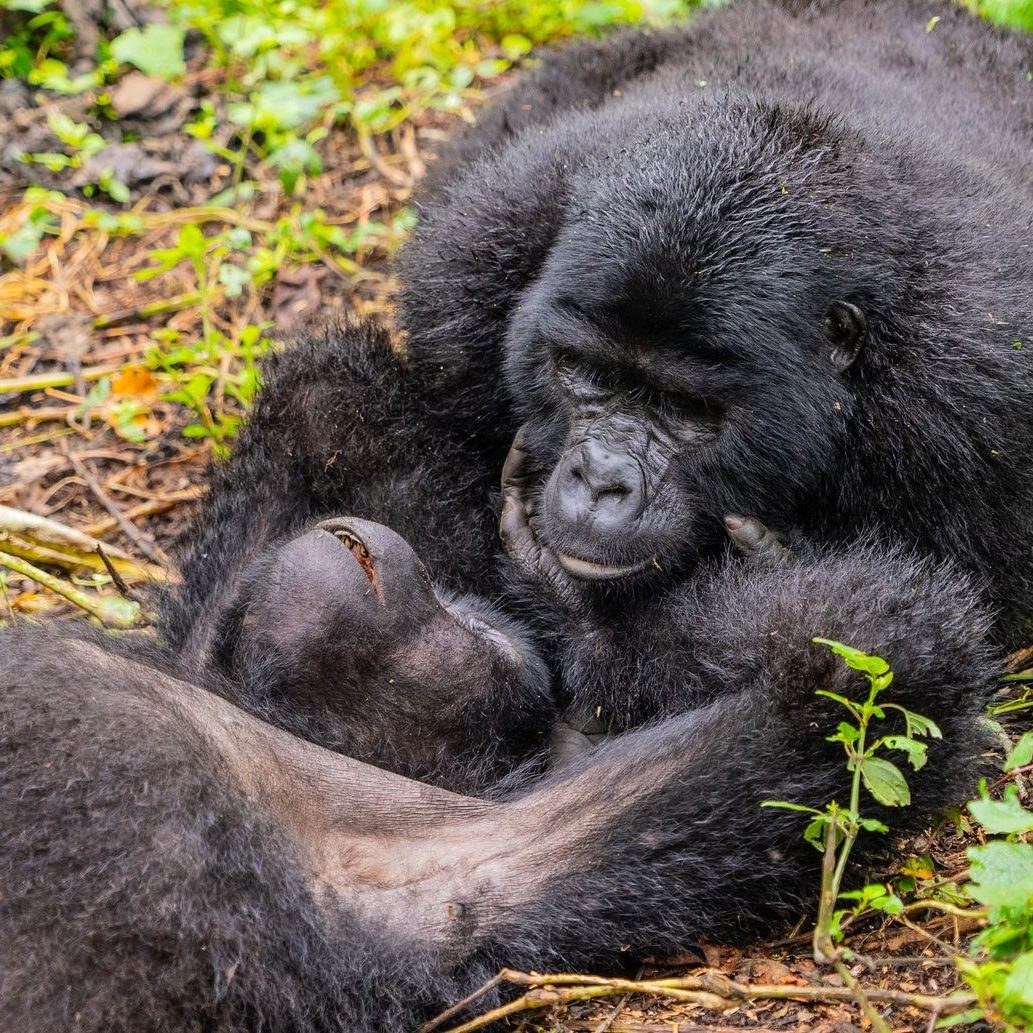
3-Day Bwindi Gorilla Trekking Safari from Kigali: A three-day adventure starting and ending in Kigali, Rwanda, featuring a gorilla trek in Uganda’s Bwindi Impenetrable National Park. Includes transfers, trekking permits, and accommodations.

6-Day Uganda Gorilla Safari: A comprehensive itinerary including gorilla trekking, wildlife encounters, and cultural exploration in Uganda’s renowned parks.
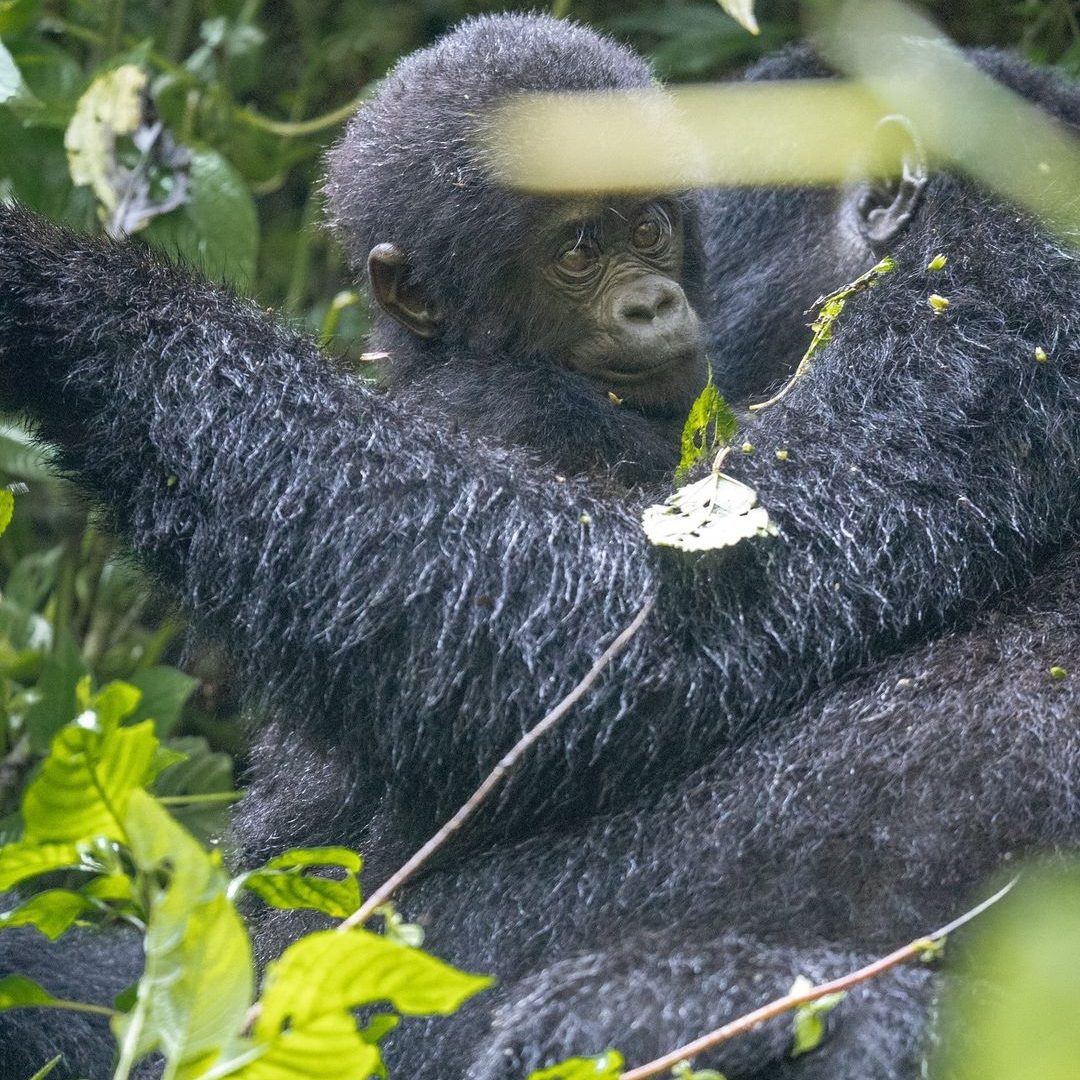
4-Day Bwindi Gorilla Trek Safari: An immersive trekking journey exploring different gorilla families across Bwindi’s four sectors.

